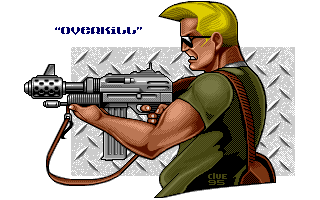arfink wrote:I guess my approach is more coming from the modding-a-stock-DMG standpoint, not so much from the new motherboard. As for ESD, I am mainly referring to some kinds of DIY prosound mods which basically connect right up the CPU audio output pins, which to me is just something you shouldn't do out of the principle of the thing. In actual practice it's probably be OK, but I still wouldn't do it. Same for the noise issue, you can actually add more shielding/ground plane etc. with a new board, so why not.
Sure. That's stupid, but not from an ESD standpoint. (In short, ESD hazards mainly affect digital inputs CMOS inputs, and not pure outputs.) The hazard there has more to do with accidentally grounding the outputs and frying them, which is of course bad in its own right. But I'm under the impression that this is not the most common may of doing a Prosound. Soldering to an SMD pin is more difficult than soldering to the potentiometer. And in the case of epoxy blob boys, you'd have to solder to a via on the board. I think most people do it the conventional way. And when doing it the conventional way, there's a 50 ohm resistor that adds some protection.
arfink wrote:As for the DC:DC, that's not some scare tactic, I'm just trying to be helpful.
The scare tactic part was a response to the quoted comment by low-gain. 
arfink wrote:I know the DC:DC in gameboys is pretty cheaply made, and it does in fact add alot of noise. Furthermore, replacing the DC:DC would also provide the added benefit of making the gameboy more capable of handing things like EMS carts, backlights, arduinoboys, etc, which draw alot more current than the DC:DC is made to handle. Especially in the GBP this would help to reduce problems with screen dimming and catastrophic crashes due to overdrawing the converter.
Increased power consumption means increased ripple, true, but that can be solved with more decoupling caps. But the problem on the other hand is to get that -18V. My point is that a DMG with a Prosound is "good enough". Redesigning the DC/DC, which would be a hassle, is overkill if all you want is reduce the noise.
I think the main problem with GBP is the choice of battery type, (AAA instead of AA) not the DC/DC. Bibin did a modification where he used a Li-Po (IIRC) battery, which increased stability greatly. EMS carts are notorious though, because they have a design flaw which makes it eat more power than it should.
